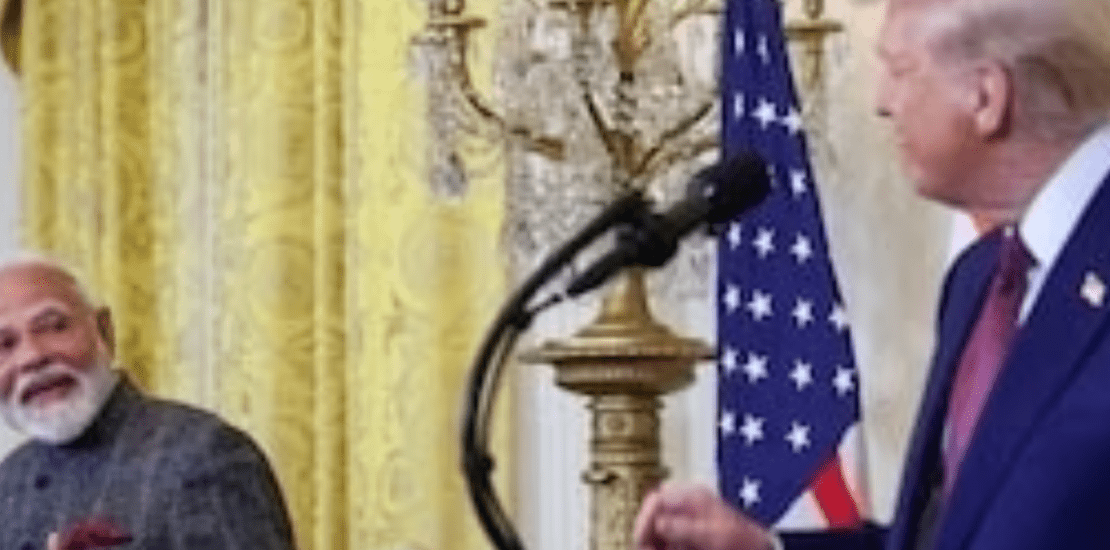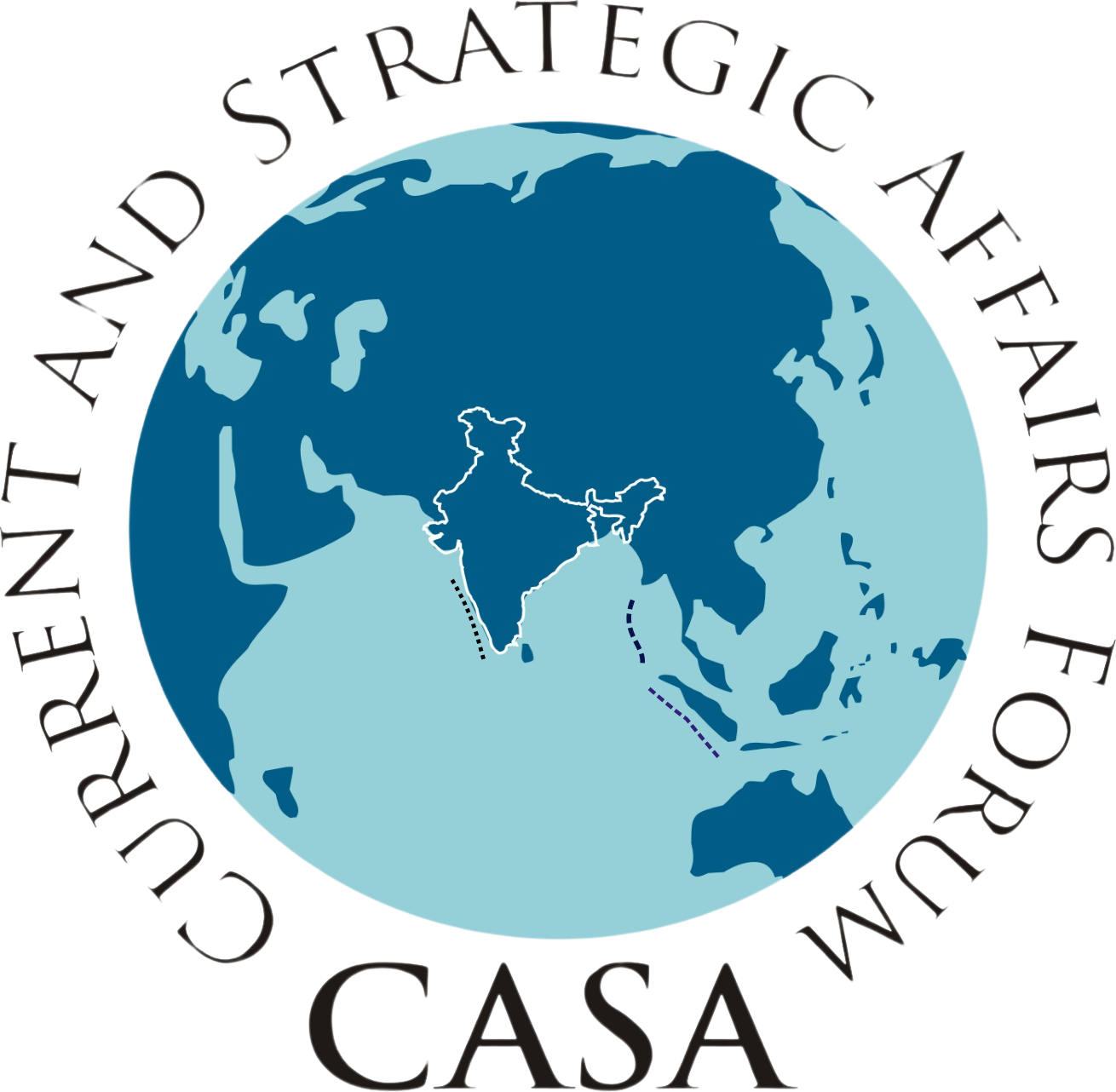When friends meet: How Modi’s US visit will shape ties under Trump 2.0
- March 27, 2025
- Posted by: Anil Trigunayat
- Categories: India, US

Prime Minister Narendra Modi’s official visit to the US on February 12-13, at the invitation of President Donald Trump, is significant and timely. PM Modi has spoken to his friend twice already. Modi was among the first few world leaders to congratulate the then president-elect. He spoke to Trump for the second time when the latter announced his invitation to PM Modi as they discussed key bilateral, regional, and global issues.
Advertisement
Earlier, of course, Indian External Affairs Minister S Jaishankar has been to the US twice recently, meeting the new mavericks of the Trump Administration and chalking out the contours of discussions and deliverables for the summit meeting. Defence Minister Rajnath Singh and NSA Ajit Doval also conferred with their counterparts in the run-up to this visit. Jaishankar became the first visitor to his counterpart Marco Rubio while also participating in the Quad meeting of the Foreign Ministers. India will be hosting the Quad summit later in the year. PM Modi may extend the personal invite to his host for the Quad Summit. These are substantive and symbolic interactions for a better understanding of mutual priorities, concerns, convergences, and red lines. Friends have to be frank even at the expense of being utterly honest and blunt.https://images.firstpost.com/dlxczavtqcctuei/news18/static/html/livetv-video-widget-iframe-v1.html?v=1.71&category=vantage&env=PROD§ionName=opinion&pageUrl=www.firstpost.com%2fopinion%2fwhen-friends-meet-how-modis-us-visit-will-shape-ties-under-trump-2-0-13863156.html#amp=1
President Trump prefers tariffs to wars, which also afford him negotiating leverage with various partners for extracting the maximum mileage whose eventual impact will only be assessed in due course. Tariffs and deportation of illegal immigrants are two tools he is using with alacrity. It appears he does not discriminate among friends, foes, or frenemies as far as trade, tariffs, and migration are concerned. Canada and Mexico have been integral parts of NAFTA and northern and southern neighbours of the US, or for that matter, Europeans are already feeling the pinch. Chinese are in for special treatment even as discussion on a free trade arrangement and market access issues are being pursued by both sides. Others are hoping not to be in Trump’s firing line as he eyes Greenland, the Panama Canal, and the Gulf of Mexico, let alone Gaza. Ukrainian critical minerals worth $500 billion have already been entered into the US books.https://d-2566332253941876516.ampproject.net/2502242315000/frame.html
Maximum pressure on Iran and the ending of waivers for Chabahar port also puts New Delhi into a bind. Delhi very likely would be seeking exemption yet again. The imposition of a 25 per cent tariff on steel and aluminium, or for that matter, a universal tax of 10 per cent on all imports to generate a border-based revenue stream, will have an impact on the Indian competitiveness of exports as well. As such, Delhi appears to be considering rationalising the import duties on some 30 US products. Hence, New Delhi would wish for some kind of a mini or micro trade deal to secure safer market access and investment pipelines. Investment by Indian companies in the US could make a good statement. Likewise, persuading US companies to develop JV facilities in India for the third-country markets may generate some traction as the two countries will find some synergy in their respective “America First” and India First approaches and objectives.
On illegal immigration India’s position is pretty clear, as it is ready to take back its confirmed citizens. Already India has taken a planeload full recently, but the manner in which they were transported caused a backlash in India, which would need to be suitably conveyed at the highest level. Negotiations for hassle-free work visas and movement of professionals to the US and their welfare through the Migration and Mobility Agreement will have to be pursued for mutual benefit.
Advertisement
Defence and security and technology acquisition and transfer are other important areas of cooperation. It is often commented that despite several agreements and institutional mechanisms, India has not been able to secure the supplies expeditiously. GE-414 is an example since the rate of transfer of technology or the intent to do so is abysmally slow, including under the iCET. Discussion on addressing and plugging the hiatus might help. At Aero India, several high-tech defence equipment and fighter jets, including the F-35, are on display, and the US might be pitching this, which New Delhi might not be averse to. As such, India has bought US equipment worth over $25 billion, and important bilateral agreements for interoperability and collaboration have been signed.
Advertisement
Likewise, importing more oil and gas would be a good option to reduce the trade deficit that often irks Trump. In the recent budget, India has already reduced import duties on several items, including the Harley Davidson. India is also open to securing greater cooperation in civil nuclear energy through the modular reactors, which have great potential for the US. As such, an irritant with regard to civil nuclear liability has been removed. This is a smart and strategic plan in view of the larger expanse of the Global Comprehensive Strategic Partnership rather than taking a hard-nosed approach.
It is often commented that Trump is unpredictable and transactional. While in my view this time round he is far more predictable compared to his first term ‘Twiplomacy’ style of diplomacy, being transactional is not a bad thing at all, especially if one looks at it in a realism context. If one knows the trajectory in advance, the planning and strategising become that much easier while the give-and-take matrix plays out.
Advertisement
President Trump has professed rather often that he is against wars and wants to end the two ongoing Eurasian and Middle Eastern wars. PM Modi has also often reiterated that ‘this is not an era of war’, and both leaders may find a convergence of views and approaches to achieve peace through dialogue and diplomacy. Also, President Putin is expected to visit India for the summit-level meeting this year. For a meeting between Putin and Trump, there are several potential meeting venues, like Saudi Arabia, the UAE, and Hungary, etc, and if New Delhi pitches itself as the Peace Capital, it might be a good and concrete effort.
Advertisement
Likewise, stability and security in the Middle East is hugely important for India as well, and joint understandings and efforts could yield productive outcomes and roadmaps, including in the context of I2U2 and IMEEC, where the US is equally invested. In any case, the Joint Statement that has been issued—focusing on defence, trade and investments, energy cooperation, technology and innovation, people-to-people ties, and multilateral cooperation—will surely firm up the roadmap for collaboration at least for the next four years. Meanwhile, PM Modi met US Vice President JD Vance and his Indian-origin wife, Usha Vance, and even celebrated the birthday of Vance’s son with genuine charm and magnanimity that helps a great deal in relations building.
The menu is pretty sumptuous, but the trick for diplomacy lies in how to make it even more attractive with a strategic eye appeal.
The author is the former Indian Ambassador to Jordan, Libya and Malta and is currently a Distinguished Fellow with Vivekananda International Foundation. Views expressed in the above piece are personal and solely those of the author.
